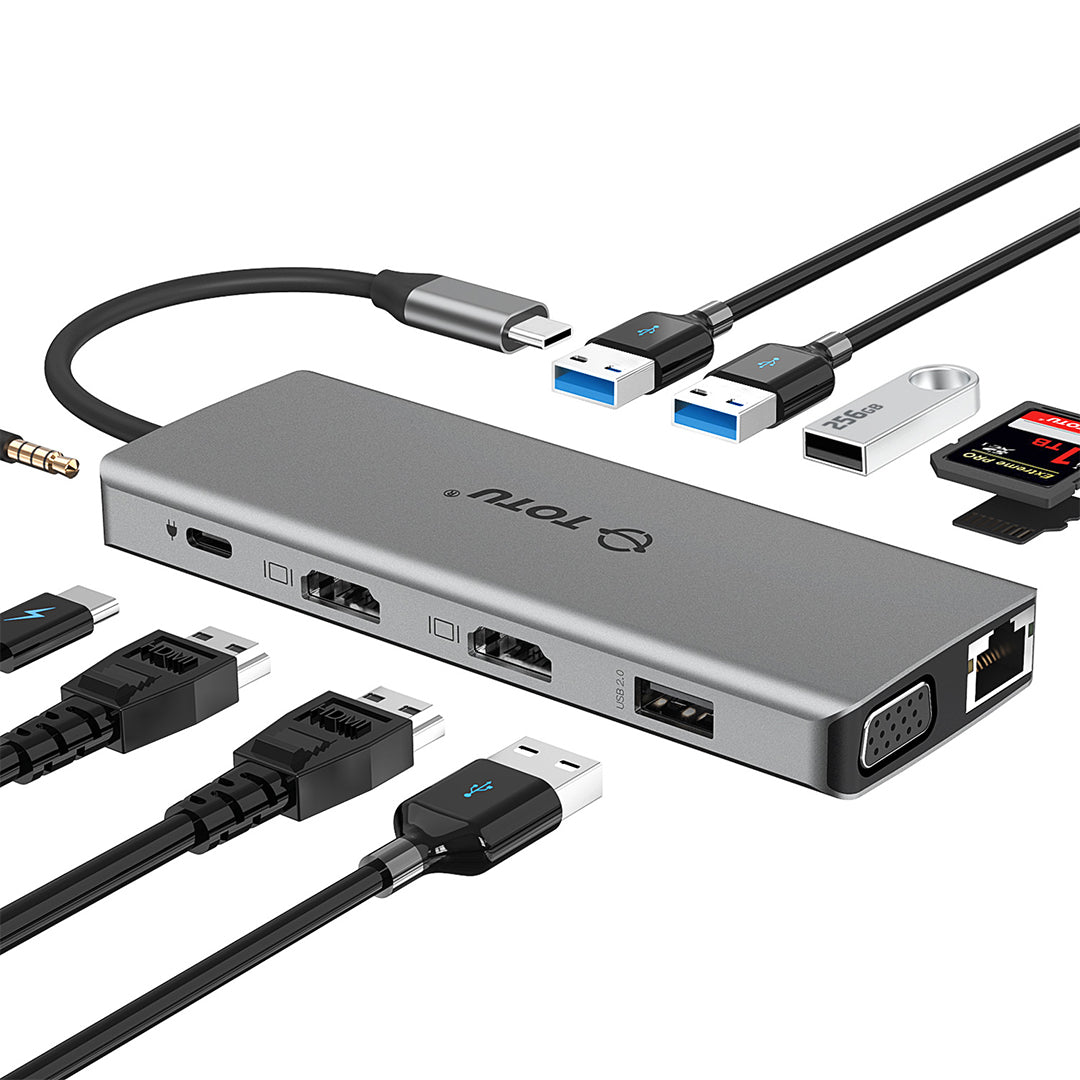Since the announcement of the new MacBook, many questions invade the forums and our e-mail boxes, especially vis-à-vis this new connector called Apple "USB C" and incorporating some of the features of the lightning port.
I propose a little FAQ on this new connection, which, I hope, answer most of your questions.
Will USB C replace the Thunderbolt?
If Apple has abandoned the Thunderbolt on the MacBook, it is not expected a priori that the connector disappears on the rest of the range. The firm's engineers have made a strategic and well-targeted choice here: the users of this machine are looking for the best compromise between weight and performance, and this connector responds to a large number of uses, limiting trade-offs. Clearly, there is no point in putting a Porsche engine on a Twigo chassis if it's for driving only in town.
What are its advantages over the Thunderbolt?
USB has always had an undeniable advantage over the FireWire or Thunderbolt: it is much simpler and much cheaper to integrate than its more efficient cousins. As a result, it is likely that compatible devices will democratize very quickly (as for the transition from ADB / SCSI to USB1) and that most of your mice, disks and other external cards take into account. charge this connection in 1 or 2 years.
Another advantage, USB C can provide enough power to dispense with a dedicated power cord. It will not be enough for a big office machine, like a Mac Pro, but plenty of it for a laptop, even a MacBook Pro Retina that never consumes more than 100 Watts (the limit of USB C).
Finally, it is reversible (both ends are identical) and has no key on the connector, you can connect without worrying about the meaning.
But then ... what's left of the Thunderbolt?
The Thunderbolt has been designed to encapsulate everything that goes through the PCI bus, which is directly connected to the CPU. It is actually more modular and allows to transit virtually all protocols: Ethernet, FireWire, USB, DisplayPort ... The Thunderbolt is a direct line with the processor and the possibility, ultimately, to use only one cable for all devices.
Another advantage, and not least: its flow. It currently caps at 20Gbps, twice that of USB C (USB3.1 Gen 2). At the end of the year, with the release of the future Intel Skylake microarchitecture7, Apple is expected to integrate the third version of the standard, which will double the transfer rates up to 40 Gbit / s. It will be possible to connect a 5k screen, for example, something impossible on the USB. The Thunderbolt 3 will also pass a current of 100 Watts, like USB C!
Finally, the Thunderbolt can also use optical cables, which allows long line lengths and potentially higher speeds.
What bitrate does the USB C port offer?
The USB C actually takes the characteristics of USB 3.1, a theoretical maximum rate of 10 Gbit / s. On its pages devoted to the new MacBook, Apple however only evokes 5Gbps on this single port, which surprised some readers. Apple uses the first generation of the specification, which does not exceed the bit rates of USB 3.0. Why this choice? Hard to say. The first generation has the advantage of being able to allow the use of 2m passive cables. It is also possible that Apple did not have access to the latest generation controllers (Gen 2) on time or in sufficient quantity.
Can it pass video?
Thanks to the "Alternate Mode" present in the USB 3.1 specifications, it is also possible to transmit on 4 pins, a DisplayPort 2.1 signal limited to 3840 x 2160 pixels, or two FullHD screens (which only do not mention Apple). However, it will be necessary to have the machine in the hands to check exactly what it is, especially since the converter USBC -> DisplayPort is not yet available or even announced by Apple!
If you want to connect more varied devices with your MAC C port, buy one at our store https://iple.com.



